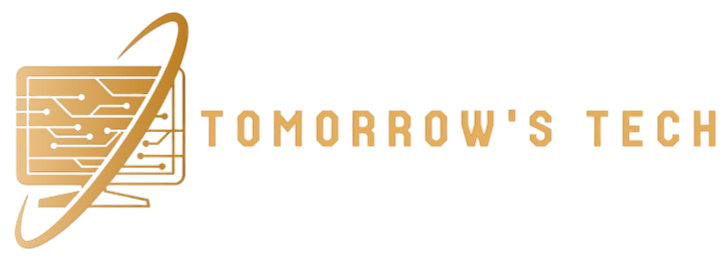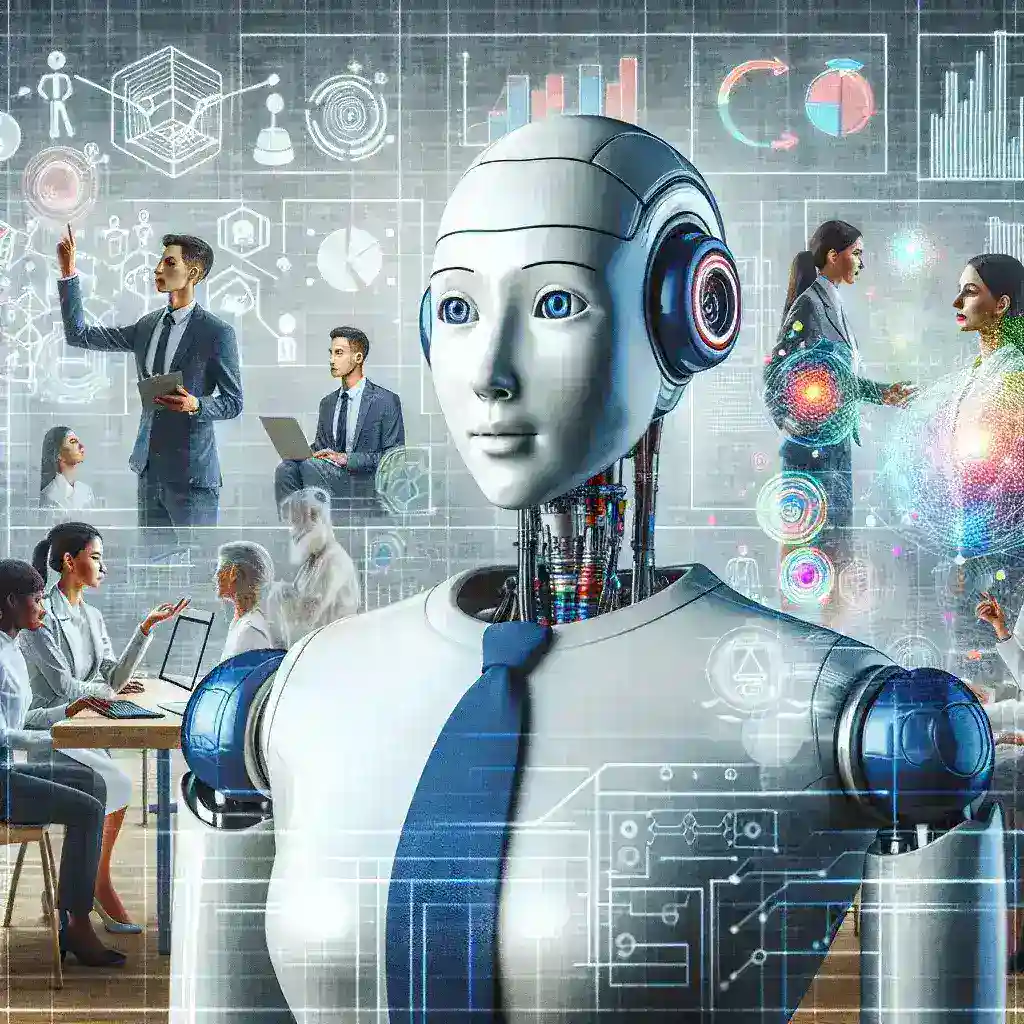Introduction
The rapid evolution of technology has ushered in a new era where polyfunctional robots are becoming integral to business processes. These versatile machines are designed to perform multiple tasks, streamlining operations and boosting efficiency across various industries. In this article, we will delve into the significance of polyfunctional robots, examine their applications, and discuss the future implications for businesses worldwide.
Understanding Polyfunctional Robots
Polyfunctional robots are automated systems equipped with advanced technologies that allow them to execute a range of tasks. Unlike traditional robots that are typically programmed for singular functions, polyfunctional robots are designed to adapt and perform multiple roles within an organization. This adaptability is made possible through technologies such as artificial intelligence (AI), machine learning, and robotic process automation (RPA).
The Evolution of Robotics in Business
Historically, robots were primarily employed in manufacturing settings for repetitive tasks such as assembly and welding. However, with advancements in technology, the scope of robotics has expanded significantly. Today, businesses are beginning to explore the potential of polyfunctional robots beyond manufacturing, incorporating them into customer service, logistics, and even creative processes.
Key Features of Polyfunctional Robots
- Versatility: They can perform a wide array of functions, from simple tasks like data entry to complex processes such as interacting with customers.
- Adaptability: These robots can adjust their functions based on changing business needs or environments.
- Efficiency: By automating multiple processes, they reduce human error and increase productivity.
- Learning Capabilities: They leverage AI to learn from their interactions, improving their performance over time.
Applications of Polyfunctional Robots in Business
The integration of polyfunctional robots into business processes is not just a trend; it represents a fundamental shift in how organizations operate. Below are several key areas where these robots are making an impact:
1. Manufacturing
In manufacturing, polyfunctional robots are used for assembly, quality control, packaging, and even maintenance tasks. Their ability to work alongside human employees enhances productivity and allows for a more flexible production line.
2. Customer Service
Robotic customer service agents are being deployed to handle inquiries, provide information, and resolve issues. These robots can manage multiple interactions simultaneously, ensuring that customers receive timely responses.
3. Inventory Management
In logistics and warehousing, polyfunctional robots are employed for stock tracking, sorting, and order fulfillment. They help reduce the time needed for manual inventory processes, improving accuracy and efficiency.
4. Healthcare
In healthcare settings, robots assist in patient monitoring, medication delivery, and even surgical procedures. Their precision and ability to operate in high-stress environments contribute to better patient outcomes.
5. Marketing and Sales
Polyfunctional robots are also being utilized in marketing campaigns, where they analyze consumer data to provide insights and support sales strategies. They can automate tasks such as lead generation and follow-ups.
Future Predictions for Polyfunctional Robots
The future of polyfunctional robots in business processes looks promising. Analysts predict that as technology continues to advance, the capabilities of these robots will become even more sophisticated. Here are some potential trends:
1. Increased Adoption
More businesses across various sectors are expected to adopt polyfunctional robots, driven by the need for efficiency and cost reduction.
2. Enhanced Learning Algorithms
With advancements in AI and machine learning, polyfunctional robots will become more intuitive and capable of making decisions based on real-time data.
3. Greater Collaboration with Humans
The future workplace will likely see a more collaborative environment where humans and robots work side by side, leveraging each other’s strengths.
4. Ethical Considerations
As robots take on more roles traditionally held by humans, ethical considerations around employment and data privacy will become increasingly important.
Challenges and Considerations
While the benefits of polyfunctional robots are significant, there are challenges to consider:
- Initial Investment: The cost of implementing robotic systems can be high, which may deter some businesses.
- Job Displacement: There are concerns about job losses as robots take over tasks traditionally performed by humans.
- Maintenance and Upkeep: Regular maintenance is necessary to ensure robots function optimally, which can add to operational costs.
Conclusion
Polyfunctional robots are poised to revolutionize business processes, offering a myriad of advantages ranging from enhanced efficiency to improved customer experiences. As organizations embrace these advanced technologies, they must also navigate the challenges that come with them. Ultimately, the successful integration of polyfunctional robots into business processes will depend on a balanced approach that considers both technological advancements and human factors.
Embrace the Future
As we look to the future, it’s clear that polyfunctional robots will play a crucial role in shaping the landscape of business operations. Companies that recognize the potential of these robots and invest in their integration will not only stay ahead of the competition but also create a more innovative and efficient business environment.

